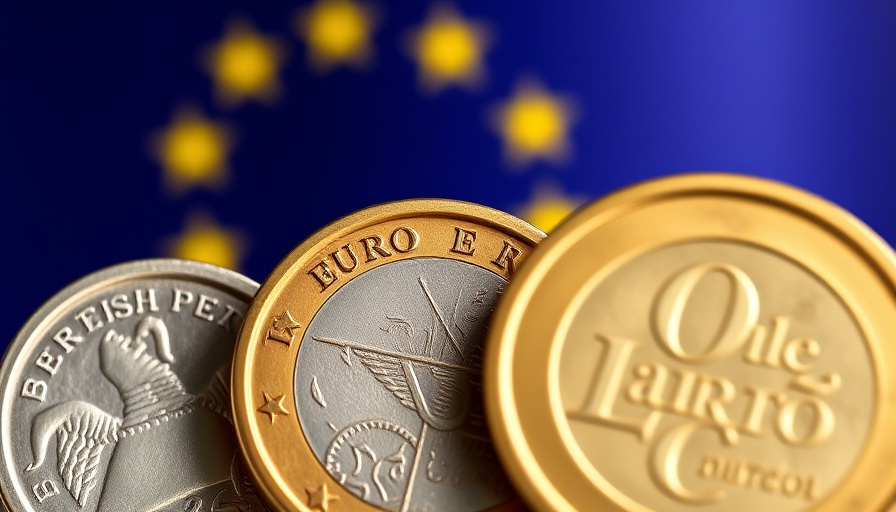
Understanding Sterling's Impressive Performance Against the Euro
Business managers who keep a close eye on currency exchange rates will find it noteworthy that the British Pound, or Sterling, has recently reached one of its highest levels against the Euro since the Brexit vote of 2016. The movement of Sterling is a key indicator of economic confidence, and this particular surge signals positive sentiment towards the UK economy. This appreciation may impact various sectors, including import-export businesses, retail pricing, and inflation rates.
Historical Context and Background
To fully appreciate Sterling's recent ascent, it's essential to consider the historical context. Following the Brexit referendum, Sterling experienced significant volatility as markets reacted to the uncertainty of the UK's departure from the EU. Over the years, currency analysts, business leaders, and policymakers have closely monitored the Pound's performance, with fluctuations often reflecting broader economic trends and sentiments connected to trade negotiations, the COVID-19 pandemic, and other global economic events.
Future Predictions and Trends
Looking ahead, experts suggest that Sterling's strength could continue if the UK maintains robust economic indicators and positive post-Brexit trade agreements. Business managers should stay alert to how ongoing geopolitical developments and global market changes might influence the Pound-EURO exchange rate. Being informed will help managers strategically plan for currency risks in their operations and make informed financial decisions.
 Add Row
Add Row  Add
Add 




 Add Row
Add Row  Add
Add 

Write A Comment